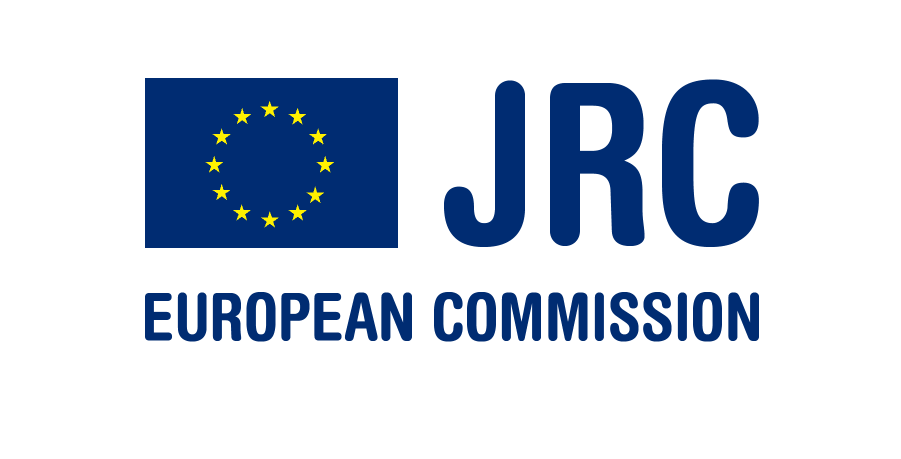A JRC report looks at how Smart Specialisation Strategies can improve regional economic development through focused and coordinated investments in innovation.
Smart Specialisation is a place-based approach to innovation policy that underpins a significant amount of EU regional funding. Smart Specialisation Strategy – or S3 – seeks to concentrate knowledge and innovation resources in a limited number of priorities, selected for regional competitiveness and potential for structural transformation. Following more than five years of implementation, the Joint Research Centre (JRC) has published a first case-study of the smart specialisation approach assessing the impact on regional competitiveness in Portugal.
As part of the ‘Stairway to Excellence’ project, the study focuses on the evolution of Portugal’s main instrument to support corporate Research and Development (R&D), launched in 2007, which was then adapted to accommodate smart specialisation in 2014. The report finds that R&D and Innovation subsidies have a positive effect on regional productivity. Crucially, their rate of return was higher in the programming period, after 2014, when S3 was implemented, than in the previous one. Furthermore, a certain degree of dependence between funding instruments was found: corporate R&D subsidy alone appears not to generate any significant effect at the regional level, but when combined with the innovation subsidy, the overall net effect is higher than the individual effect. The findings of the study also suggest that the benefit of smart specialisation in Portugal could be improved, if funding instruments were deployed in a more coherent and integrated manner.
The S3 approach was born in 2009 of a concern that earlier investments in Research and Innovation (R&I) had failed to deliver commercial benefits. The Knowledge for Growth (K4G) Expert Group, led by EPFL professor Dominique Foray, advised the then Commissioner for Research, Janez Potočnik, on how to reduce the productivity gap between Europe and the United States. Their policy recommendations converged on the need for higher specialisation in R&D and Innovation, especially for territories that are not leaders yet in any of their major science and technology areas. Furthermore, they also agreed on the need to focus future investment on fields that can complement other regional productivity assets to build critical mass.
Under the programming period 2014-2020, a regional (or national) S3 was established as an ex-ante conditionality for investments in R&I by the European Structural and Investment Funds (ESIF). In this context, promoting synergies between different policies and funding instruments are important to enhance the added value of EU funds and within a limited budget. The S3 approach has fostered the design and the implementation of economic transformation agendas across the EU, which overall have developed more than 180 strategies adopting this approach, with more than 67 billion euro available under ESIF. These strategies involve national and/or regional public authorities, collaborating with private businesses, higher education institutions and civil society.
Over the new European programming period (2021-2027), S3 will continue to play a major role towards cohesion policy and regional development. In particular, the EU hopes that S3 can boost innovation-led growth in regions undergoing industrial transitions and further integrate regional economies in European value chains. It is also expected to foster innovative solutions that respond to global environmental challenges. The Smart Specialisation platform collects best practices outlining approaches and implementation activities, in addition to providing advice, peer learning and networking events.

